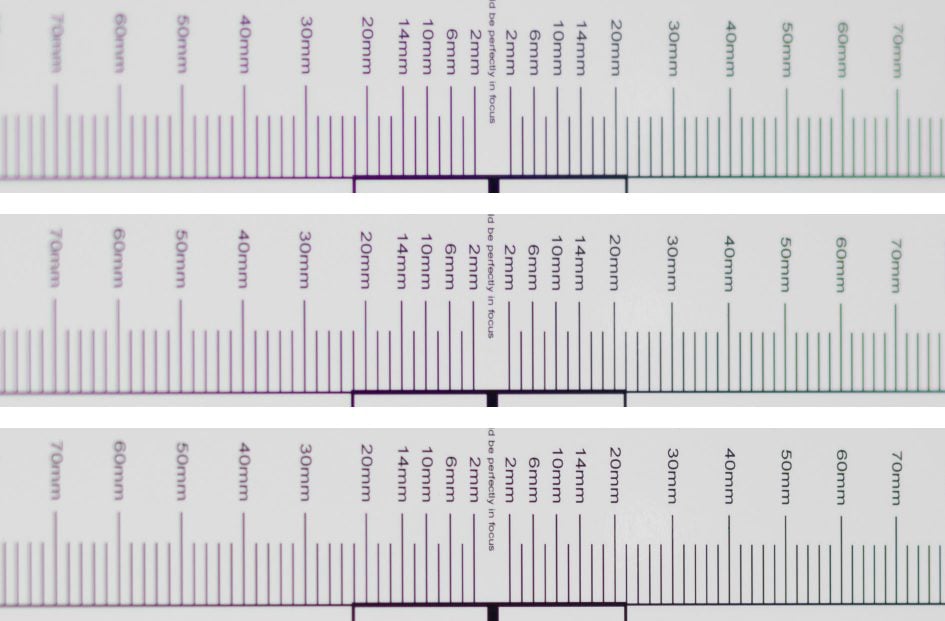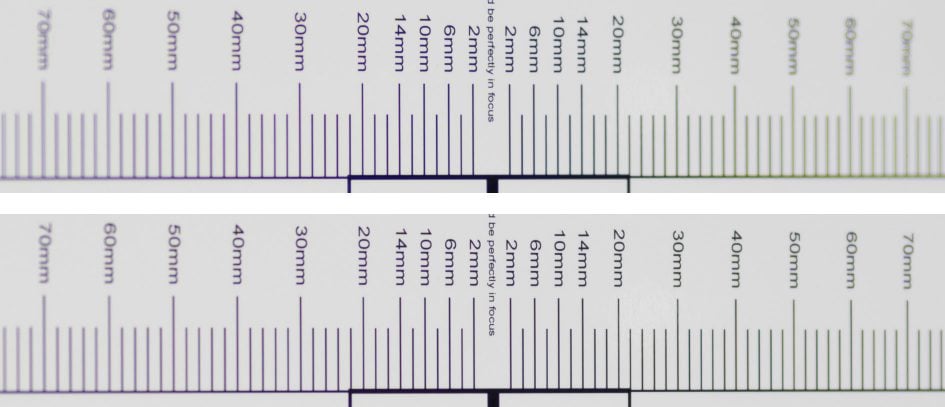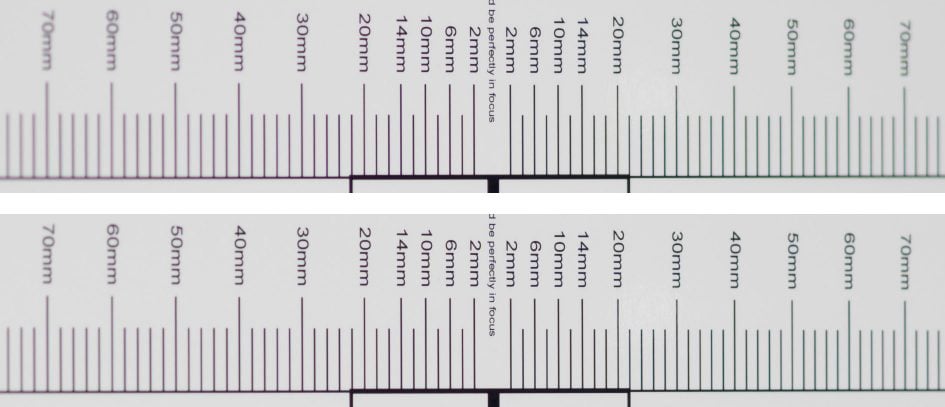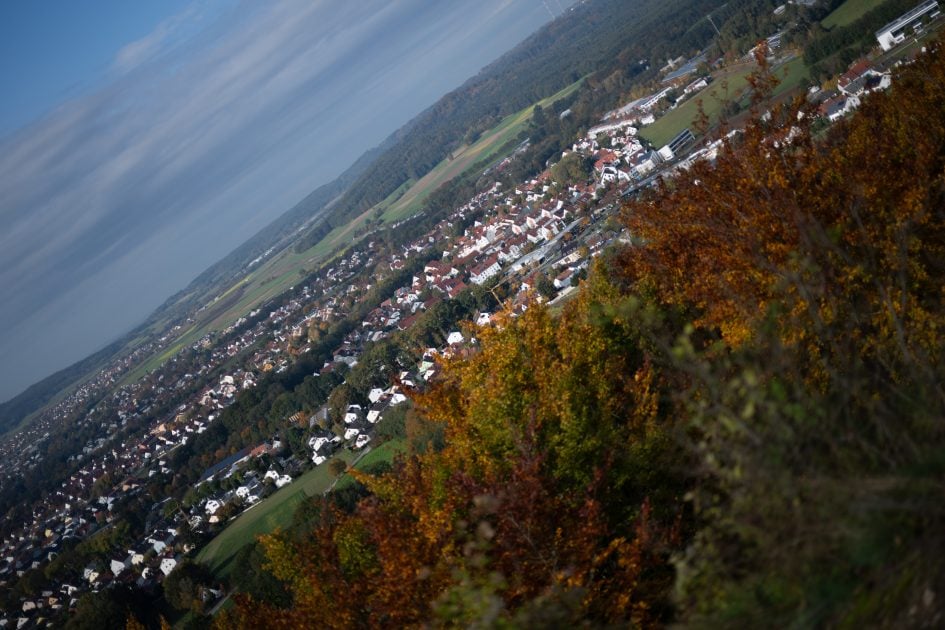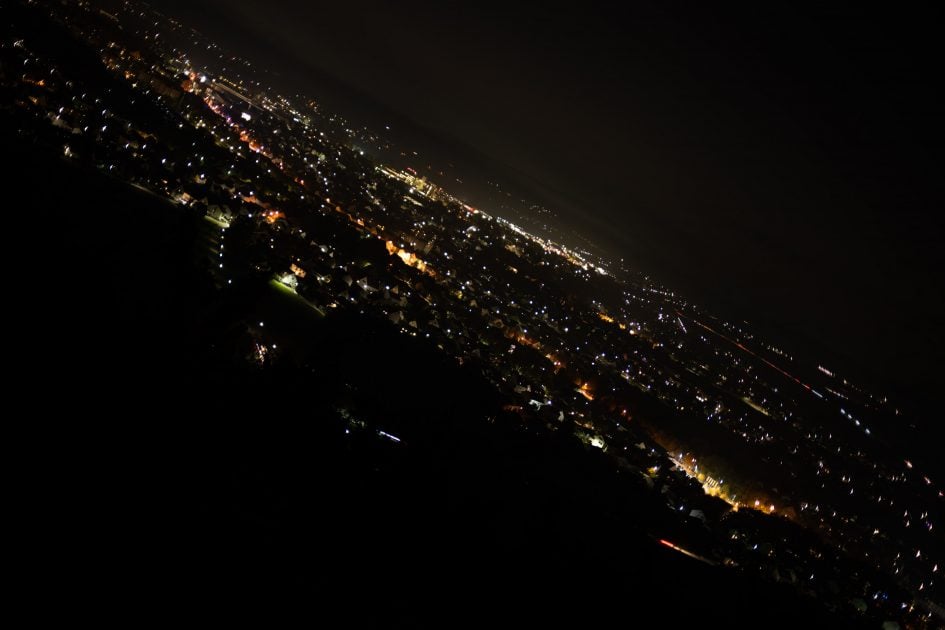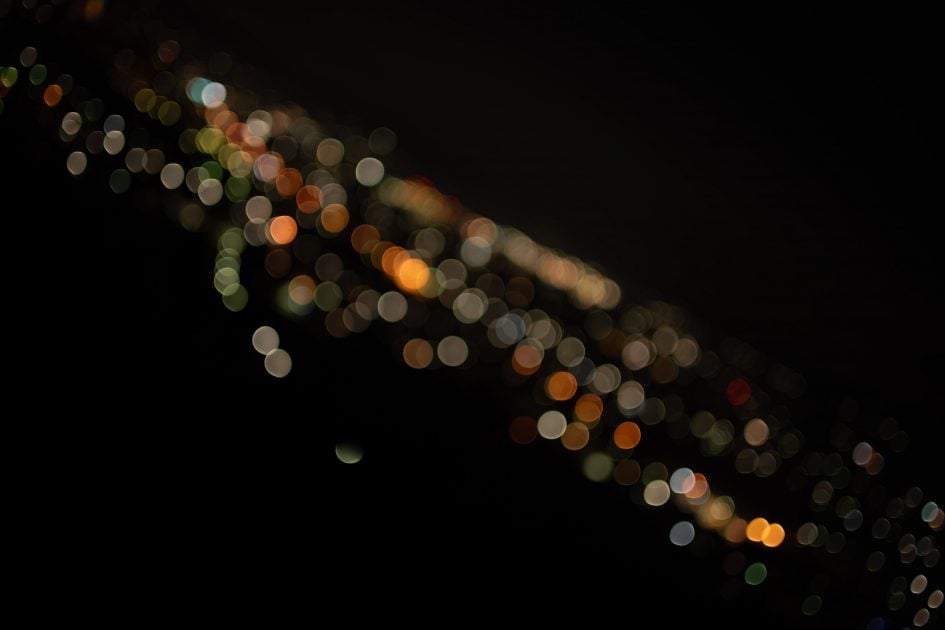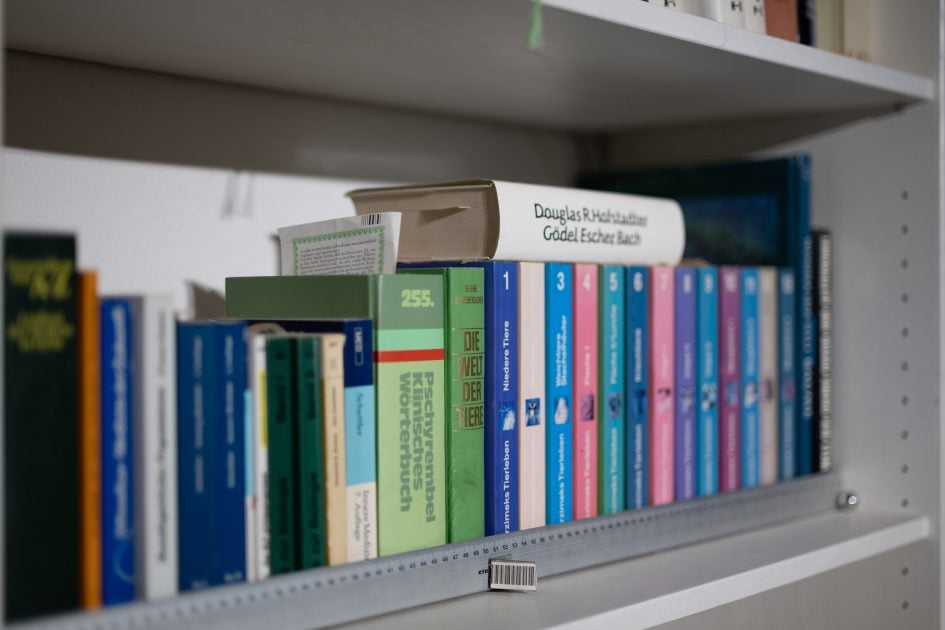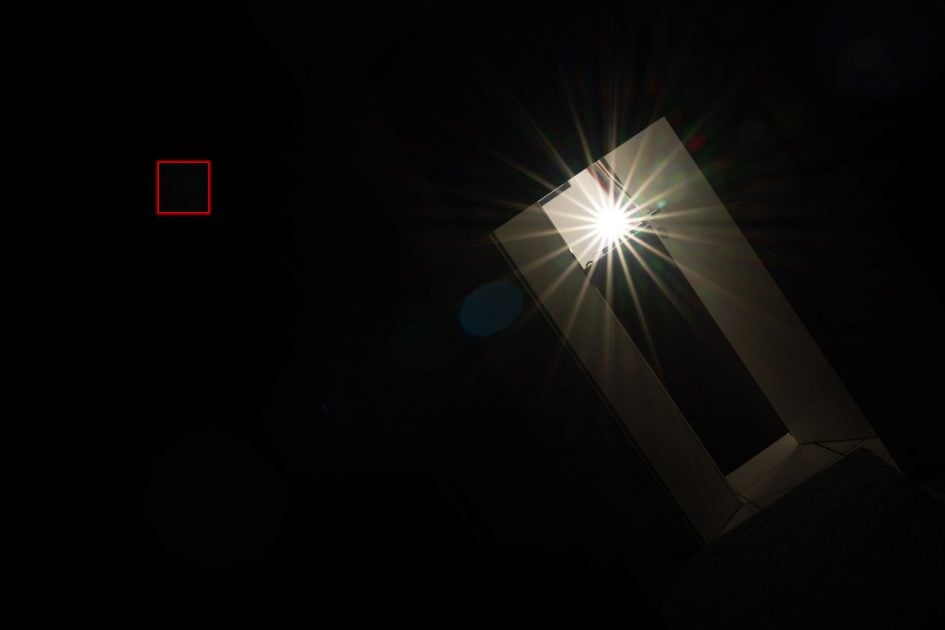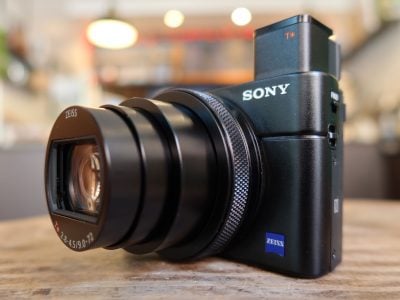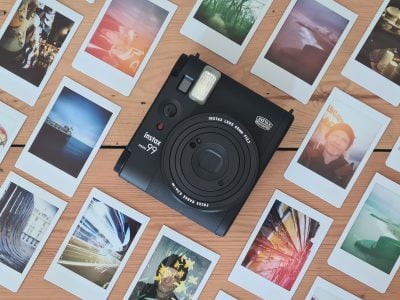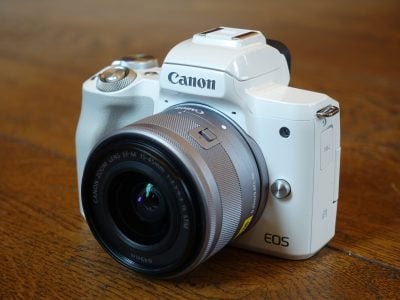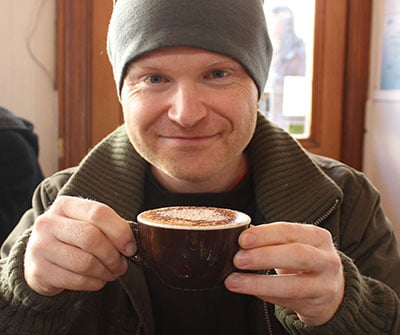Nikon Z 50mm f1.4 review
-
-
Written by Thomas
Quality
Longitudinal Chromatic Aberration and focus shift
I tested the Nikon Z 50mm f1.4 for longitudinal color aberrations (loCA, a.k.a. “axial color” or “bokeh CA”) and focus shift. The former can show up as magenta coloration in the foreground and greenish hues in the background and are not easily corrected in post-processing. The lens shows quite some loCA but no focus shift – although the background becomes sharper much faster than the foreground when stopping the lens down.
The following images are 50% crops from 180MP images obtained from 16 image Pixel shift shooting on a 45MP Nikon Z8. This has the advantage of eliminating color moiré which would otherwise distract from the coloration from loCA. You can click on the images to access the full resolution 100% crops.
Nikon Z 50mm f1.4 loCA; 50% crop from 180MP image
Above from top to bottom: f1.4, f2.0, f2.8; left = foreground, right = background
Nikon Z 50mm f1.8 S loCA; 50% crop from 180MP image
Above from top to bottom: f1.8, f2.8; left = foreground, right = back
Voigtländer 50mm f2 APO-Lanthar loCA; 50% crop from 180MP image
Above from top to bottom: f2.0, f2.8; left = foreground, right = back
In my test-shots with the the Nikon Z 50mm f1.4 I also detected quite some purple fringing around high-contrast edges or specular highlights in the focus plane. Spill-over of bright background light is also an issue as is green outlining around background subjects.
Above: Nikon Z 50mm f1.4 at f1.4, 100% crop; click image for 4k version, here for large original
Both the Nikon Z 50mm f1.8 S and Voigtländer 50mm f2 APO-Lanthar are better in this respect.
Sharpness and contrast
Let’s have a look at the theoretical performance of the Nikon Z 50mm f1.4 and compare it to their Z 50mm f1.8 S:
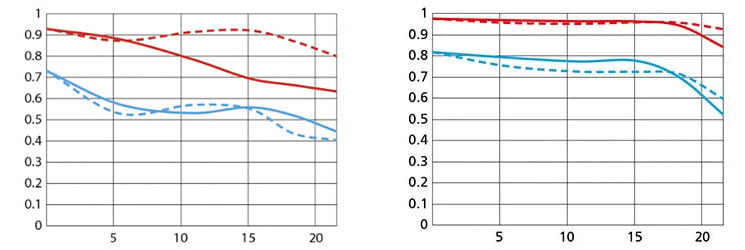
Above: Nikon Z 50mm f1.4 at f1.4 (left), Z 50mm f1.8 S at f1.8 (right)
These MTF charts show the computed lens-performance of lenses wide open at infinity without influence of diffraction at 10 line-pairs/mm (red) and 30 lp/mm (blue). Higher values are better (more contrast) and the closer the dotted and solid lines are together the less contrast dependents on the orientation of the test-pattern (less astigmatism). The x-axis displays the distance from the optical axis (=center of the sensor) in mm.
From the charts the Z 50mm f1.4 is definitively softer than the Z 50mm f1.8 S – but that is at f1.4. Stopping the new lens down to f1.8 might well bring central sharpness up to comparable levels. But while the Z 50mm f1.8 S stays pretty sharp even beyond the DX image-circle resolution of fine details outside the center of the Z 50mm f1.4 drops significantly.
Let’s see how this theoretical performance translates into real life results in the sharpness test based on Siemens-stars shot on a 45MP Nikon Z8 set to 16 image Pixel shift shooting. The 16 individual images for each shot were merged in NX Studio 1.7.0 into a 180MP RAW file and further processed in Lightroom 14.0/CRAW 17.0 to Adobe Color profile with the lens profile compensating CA, distortions and vignetting. Noise-reduction was set to 0, sharpening to 50/1/36/10, with no extra tone, color, or saturation adjustment. White-balance was adjusted to a neutral white and I did some exposure compensation to make the brightness of all crops match. So you will not see light fall-off in the corners. I also focused separately for the center, the DX-corner, and FX-corner which eliminates any effect field-curvature might have. If you want to know more about the advantages and perils of pixel shift shooting head over to page 2 of my Tamron 28-75mm f2.8 Nikon Z review.
The following 50% crops show the Nikon Z 50mm f1.4 from f1.4 down to f11 compared to the Nikon Z 50mm f1.8 S and Voigtländer 50mm f2 APO-Lanthar.
Nikon Z 50mm f1.4 compared; 50% crop from 180MP image
Above: Nikon Z 50mm f1.4 at f1.4; click image for full resolution 100% crops
Above: Nikon Z 50mm f1.4 at f1.8; click image for full resolution 100% crops

Above: Nikon Z 50mm f1.8 S at f1.8; click image for full resolution 100% crops
Above: Nikon Z 50mm f1.4 at f2.0; click image for full resolution 100% crops

Above: Nikon Z 50mm f1.8 S at f2.0; click image for full resolution 100% crops; also available at f2.8, f4.0, f5.6, f8.0, f11

Above: Voigtländer 50mm f2 APO-Lanthar at f2.0; click image for full resolution 100% crops; also available at f2.8, f4.0, f5.6, f8.0, f11
Above: Nikon Z 50mm f1.4 at f2.8; click image for full resolution 100% crops
Above: Nikon Z 50mm f1.4 at f4.0; click image for full resolution 100% crops
Above: Nikon Z 50mm f1.4 at f5.6; click image for full resolution 100% crops; also available at f8.0, f11
Wide open, the Z 50mm f1.4 is pretty soft within the DX image-circle and more so towards the FX-corner. Stopping down to f1.8 improves contrast a bit but not to the level of the Z 50mm f1.8 S. At f2.0 the Voigtländer 50mm f2 APO-Lanthar comes into play and shows its superior sharpness and contrast across the sensor even when shot at 180MP. The Z 50mm f1.4 improves markedly at f4.0 from whereon there’s little to complain about. At the testing distance of 2.3m field-curvature of the Nikon Z 50mm f1.4 is pretty low.
Summary:
Of the three 50mm lenses compared here Nikon’s Z 50mm f1.4 is the softest. At f1.4 and f2.0 this seems like a boon for shooting portraiture. But if you need to reproduce fine details you better stop the lens down to f4.0.
Performance at long distances
The Siemens-star test-targets are shot at a distance of 45x focal length (i.e. at around 2.3m). But performance of lenses also depends on the shooting distance. Therefore, I shot another series of a city around 1 km away on a Nikon Z8 set to 16 image pixel shift shooting. The 16 individual images for each shot were merged in NX Studio 1.7.0 into a 180MP RAW file and further processed in Lightroom 14.0/CRAW 17.0 to Adobe Color profile with the lens profile compensating CA, distortions and vignetting. Noise-reduction was set to 0, sharpening to 50/1/36/10, with no extra tone, color, or saturation adjustment. I used manual focus at the largest aperture and did not change focus for other apertures. All shots were made from a heavy tripod with image stabilization switched off at ISO 64. As usual I have selected the diagonal that provided the better corner results as the lens was slightly decentered.
The following images show the complete scene wide open plus 50% crops from near center, DX-corner, and FX-corner. All crops in a row are from the same image so there is no compensation for field curvature. For comparison I shot the Nikon Z 50mm f1.8 S and Voigtländer 50mm f2 APO-Lanthar only minutes apart. You can access the large 180MP originals plus 100% crops, but the files are for personal evaluation only and cannot be used in another publication or website without permission.
Above: Nikon Z 50mm f1.4 at f1.4; click image for 4k version, here for large 180MP original
Above: Nikon Z 50mm f1.4 at f1.4; click image for 100% crops
Above: Nikon Z 50mm f1.4 at f1.8; click image for 100% crops
Above: Nikon Z 50mm f1.8 S at f1.8; click image for 100% crops, here for large 180MP original
Above: Nikon Z 50mm f1.4 at f2.0; click image for 100% crops
Above: Nikon Z 50mm f1.8 S at f2.0; click image for 100% crops, also available at f2.8, f4.0, f5.6, f8.0
Above: Voigtländer 50mm f2 APO-Lanthar at f2.0; click image for 100% crops, here for large 180MP original; 100% crops also available at f2.8, f4.0, f5.6, f8.0
Above: Nikon Z 50mm f1.4 at f2.8; click image for 100% crops
Above: Nikon Z 50mm f1.4 at f4.0; click image for 100% crops
Above: Nikon Z 50mm f1.4 at f5.6; click image for 100% crops, also available at f8.0
Summary:
At long distances the results from the previous test are confirmed: The Z 50mm f1.4 is softer than both alternatives until closed to f4.0. The Voigtländer 50mm f2 APO-Lanthar again is the sharpest in the FX-corner.
Btw.: With distortion control On the Z 50mm f1.4 covers a 3.1% wider field of view than the Z 50mm f1.8 S. This corresponds to a difference of around 1.5mm in effective focal length between both lenses.
Vignetting and distortions
To make it easier to see light fall-off in the corners of a full-frame sensor I’ve arranged a series of three shots each with the Nikon Z 50mm f1.4. Processing was done in Lightroom 14.0/CRAW 17.0 from RAW to Adobe Color profile with the lens profile compensating CA, vignetting (as set in camera), and distortions and developed to the same brightness in the center. They are shown with vignette control Off (1st row) resp. Normal (2nd row).
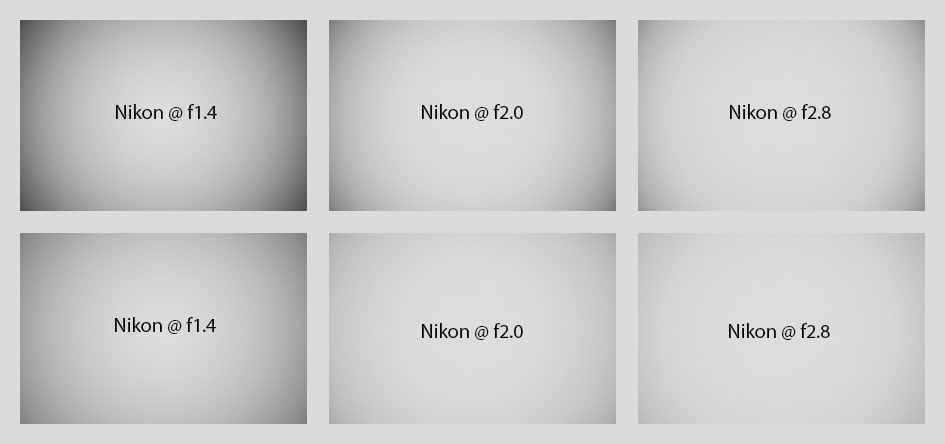
Above: Nikon Z 50mm f1.4
Wide open vignetting is pretty strong (~2EV) even with the lens profile applied. Stopping down to f2.0 makes vignetting less obvious. With vignette control set to Normal the extreme corners are lifted by about 0.85 EV at f1.4.
Handling of lens profiles by Adobe’s RAW converter continues to be confusing: The Z 50mm f1.4 gets its lens profile applied as it was set in camera but you can change this in post-processing with sliders to control the strength of vignetting and distortion correction between 0 and 200%: Very good! But if you set the corrections in camera to Off the slider to control the strength of vignetting in Lightroom or CRAW is disabled while the slider for distortion correction is still enabled. So it’s better to leave the lens profile in camera On which enables all options when processing the image in Lightroom CRAW.
The following composite image shows the upper half of a large screen TV set displaying grid lines for the full frame and cropped frame. Distortions are slightly barrel and are perfectly corrected for by the lens profile:
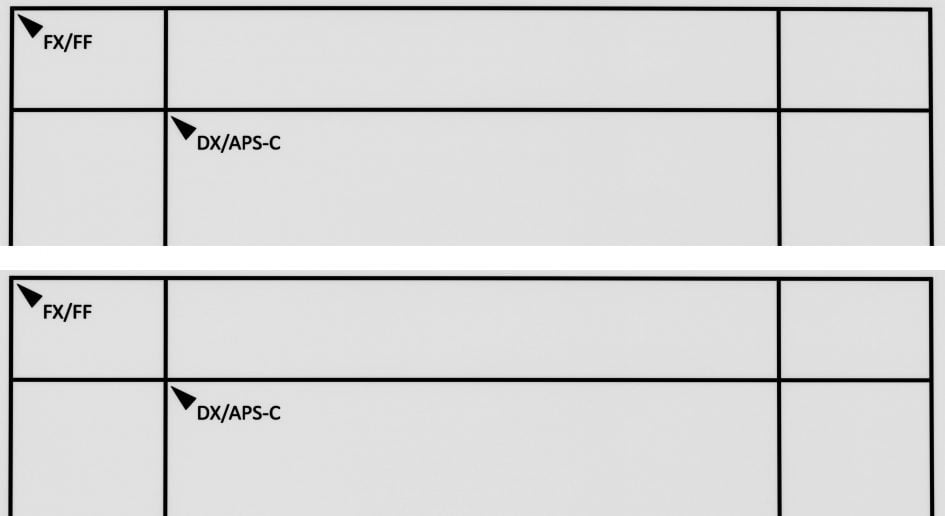
Distortions: Nikon Z 50mm f1.4, as is (top) / with lens-profile (bottom)
Rendering of point-light sources at night-shots
Night-shots pose a different challenge for lenses as the contrast is even higher than under bright sun and point-light sources can reveal some weaknesses such as coma, haloing and colour-aberrations that do not show up as prominently in other test-shots. The 100% crops below the main image show the effect of coma in the FX-corner of the Nikon Z 50mm f1.4 at different apertures:
Above: Nikon Z 50mm f1.4 at f1.4; click image for 4k version, here for large original

Above: Nikon Z 50mm f1.4; 100% crops from the FX-corner at f1.4, f2.0, f2.8
The Nikon Z 50mm f1.4 produces pretty strong coma unless stopped down to f2.8. The test also shows some blueish halos around bright streetlights up to f2.0.
Bokeh quality
This test is for the rendering of point-light sources in an out-of-focus background. The circle of confusion that is produced by the test is pretty indicative of Bokeh performance (in the background) and light fall-off. Ideally the out-of-focus image of the point-light is evenly lit and perfectly circular, with no “onion-rings”, and without coloration. Large aperture lenses normally produce an effect known as “cat’s eye” the further away from the optical axis the point-light is projected. This is due to optical vignetting in the lens barrel when light enters the lens from an angle.
Above: Nikon Z 50mm f1.4 at f1.4; click image for 4k version
Above: Nikon Z 50mm f1.4 at f1.4; click image for 100% crops
Above: Nikon Z 50mm f1.4 at f2.0; click image for 100% crops
Above: Nikon Z 50mm f1.4 at f2.8; click image for 100% crops
Above: Nikon Z 50mm f1.4 at f4.0; click image for 100% crops
The diameter of the Bokeh balls in the center is determined by the entrance pupil of the lens which is 36mm. Compression of the circle towards the corners is pretty strong wide open and still persists at f2.8. The inside of the Bokeh balls is smooth and without onion-rings. But there’s some outlining (esp. towards the corners) with a bit of green coloration from loCA.
Let’s see how this analysis of out-of-focus point-light sources translates into Bokeh-performance shooting a book-shelf. Crops are from the foreground, middle-ground, and background resized to make them comparable across all my reviews. Crops are from wide open and at f2.0 compared to the Nikon Z 50mm f1.8 S and Voigtländer 50mm f2 APO-Lanthar.
Above: Nikon Z 50mm f1.4 at f1.4; click image for 4k version, here for large original
Above: Nikon Z 50mm f1.4 at f1.4; click image for 100% crops, here for large original
Above: Nikon Z 50mm f1.8 S at f1.8; click image for 100% crops, here for large original
Above: Nikon Z 50mm f1.4 at f2.0; click image for 100% crops
Above: Voigtländer 50mm f2 APO-Lanthar at f2.0; click image for 100% crops, here for large original
In this test the Nikon Z 50mm f1.4 shows a more nervous Bokeh at f1.4 than the Z 50mm f1.8 S at f1.8 both in the transition zone and the background. The Voigtländer has the least blurry middle-ground but is devoid of color artifacts and its background is as soft as from the Z-Nikkors (at f2.0).
Looking for double-contours at the ruler (below, now at 100%) shows that the Z 50mm f1.4 produces the strongest effect:

Above: Nikon Z 50mm f1.4 at f1.4; 100% crop

Above: Nikon Z 50mm f1.8 S at f1.8; 100% crop

Above: Nikon Z 50mm f1.4 at f2.0; 100% crop

Above: Voigtländer 50mm f2 APO-Lanthar at f2.0; 100% crop
Find more examples to judge Bokeh of the Nikon Z 50mm f1.4 on the next page. Have a look e. g. at the portrait at the bottom of the page: The passepartout of the image in the background creates a particularly ugly double contour.
Close-up performance
The Nikon Z 50mm f1.4 achieves a maximum magnification of 1:5.6 in close-up shooting. The following crops are at 1:5.7 from 0mm, 10mm, and 18mm off the center of the sensor respectively. The area of sharp focus is 137 x 205mm.
Nikon Z 50mm f1.4, 1:5.7 magnification; 100% crops

Above: Nikon Z 50mm f1.4 at f1.4

Above: Nikon Z 50mm f1.4 at f4.0

Above: Nikon Z 50mm f1.4 at f11
The center looks usable wide open but beyond 4mm image height things become soft very fast. I’d recommend stopping down to at least f4.0 where the lens renders half the DX image-circle in usable detail. But even at f11 the image stays blurry outside the DX circle. Field curvature partially plays a role here. But even when I focused specifically for each crop results were still soft outside the center. See the example below shot at f4.0

Above: Nikon Z 50mm f1.4 at f4.0
Flare, ghosting, and sunstars
Catching a strong light-source shining directly into the lens is always a risky business: it could produce strange colorful ghost-images or reduce contrast considerably through flare and glare. The appearance of flare and ghosting depends on factors like the aperture and the angle of the light hitting the lens. To judge the proclivity of Nikon’s Z 50mm f1.4 for these artifacts I went through a series of well calculated shots at f11 and f1.4 against a strong light source to provoke glare and ghosting. The lens hood was mounted in all shots. Following is one of the more extreme example results. The little bright square inset in the upper left shows the respective area with an exposure compensation of +3 EV to make it easier to see which levels of black the lens renders at that point:
Above: Flare and ghosting. Strong light hitting the Nikon Z 50mm f1.4 at f11; click image for 4k version or here for +3 EV exposure compensation
The Z 50mm f1.4 has flares and ghosting well controlled and produces a deep level of black outside these artifacts. You can shoot the lens confidently under adverse contra-light conditions. Sunstars develop at f5.6 but get better when the lens is stopped down to f8.0 or f11 (see above):

Above from left to right: Sunstars from the Nikon Z 50mm f1.4 at f4.0, f5.6, f8.0, 100% crops
Next check out my sample images!
Check prices on the Nikon Z 50mm f1.4 at B&H, Adorama, WEX UK or Calumet.de. Alternatively get yourself a copy of my In Camera book, an official Cameralabs T-shirt or mug, or treat me to a coffee! Thanks!